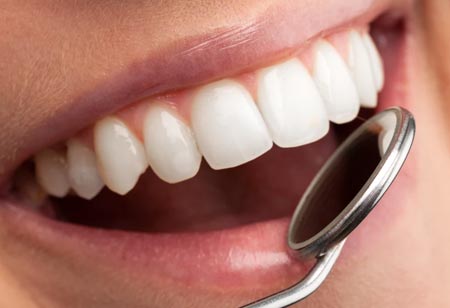Effective CBT Techniques for Improved Mental Health
Behavioral experiments involve prompting the client to assume the potential outcome of an act and then encouraging them to conduct an experiment to see if the prediction came true.

By
Medical Care Review | Monday, September 11, 2023
Stay on top of your health and well-being with exclusive feature stories on the top medical clinics and treatment centers, expert insights and the latest news delivered straight to your inbox. Subscribe today.
Behavioral experiments involve prompting the client to assume the potential outcome of an act and then encouraging them to conduct an experiment to see if the prediction came true. Once the client realizes that not every outcome is hazardous or negative, they'll be more likely to participate in acts with less hesitation and fear.
FREMONT, CA: Cognitive Behavior Therapy (CBT) is a psychological treatment that focuses on changing negative thoughts and emotions and how they can lead to negative outcomes. It is one of the most popular and well-researched short-term therapy techniques. The core assumption of CBT is that individuals have developed negative thought processing that affects their emotions, productivity and behavior.
CBT is used to treat various mental illnesses like depression, eating disorders, anxiety, substance abuse, and relationship issues. Some standard techniques used in CBT are discussed below.
Therapeutic journaling
Journaling is a technique used in Cognitive Behavior Therapy, and it has a specific purpose. Clients maintain a diary of thoughts, emotions and actions, which helps them gain insight into their thought processes and recognize patterns of thinking that may be contributing to their emotional distress.
Further, it helps them develop a greater awareness of their thought patterns and make positive changes to their cognitive processes.
Cognitive Restructuring
Cognitive restructuring follows journaling in the sequence of CBT techniques. Once clients pinpoint thought patterns in their records, they are prompted to assess their rationality and counter them with more practical thinking. This method is at the core of CBT and applies to various issues.
By addressing cognitive distortions and promoting more adaptive thinking, clients can develop healthier coping mechanisms and improve their ability to manage stress, anxiety, depression, and other mental health concerns.
Behavioral Experiments
This technique is proven to be successful in addressing anxiety. Individuals experiencing anxiety hesitate to engage in certain activities due to their fear of potential outcomes. Often, these fears are not based on reality.
Behavioral experiments involve prompting the client to assume the potential outcome of an act and then encouraging them to conduct an experiment to see if the prediction came true. Once the client realizes that not every outcome is hazardous or negative, they'll be more likely to participate in acts with less hesitation and fear.
Relaxation technique
Relaxation techniques are mainly used for reducing stress and anxiety. The most popular and common relaxation technique is deep breathing. Another commonly used CBT technique is progressive muscle relaxation and mindfulness.
This technique is used as a preventative exercise to avoid anxiety attacks or help the client calm down and reduce anxiety in stress-provoking situations.
Exposure
Exposure is one of the common basic behavioral CBT techniques. This is especially helpful for people suffering from anxiety attacks, PTSD and OCD. No person can overcome their fear of something through avoidance. Exposure therapy provides a safe environment for clients to face their fears and learn that most fears are irrelevant.
A lot of therapists suggest increasing the exposure therapy to clients gradually to not scare or overwhelm them, while some cases need more of a flooding approach.







